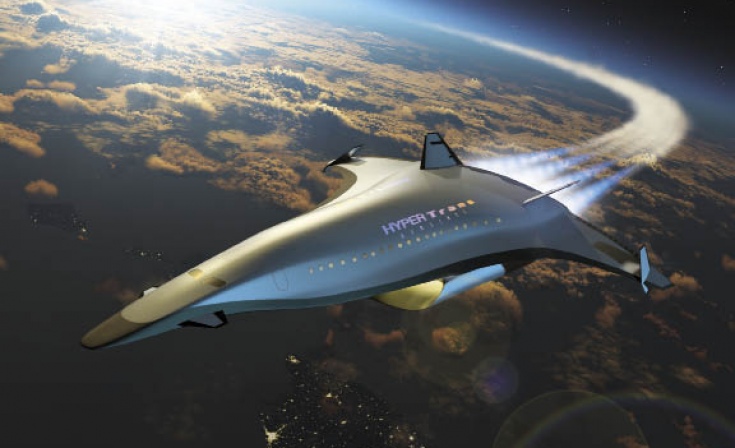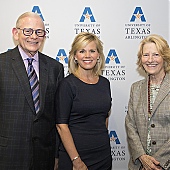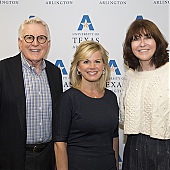
Hypersonic Flight, 2053
Winter 2012 · Comment ·
Researchers Luca Maddalena and Luca Massa can only speculate about what a large hypersonic aircraft might look like. Their expertise lies not in the design of the futuristic vehicle, but in how to propel it at 3,500 mph. The aerospace engineering assistant professors have received a three-year NASA National Research Award to study novel injector designs to support combustion at hypersonic speeds. The work aims to reduce air travel times and make space access affordable. Drs. Maddalena and Massa are the only university researchers in the nation to garner the award. “This study on the effectiveness of new fuel injection schemes might lead to enabling affordable access to space for large hypersonic vehicles,” Maddalena says. Hypersonic speed reaches Mach 5, or about 3,500 miles per hour, and above. Hypersonic engines pull oxygen from the surrounding air whereas rocket propulsion engines carry their oxygen source on board, which limits an aircraft’s payload. A commercial airliner travels between 500 and 600 mph, but hypersonic vehicles could shorten a trans-Pacific flight by six to eight hours. Maddalena and Massa say that fuel and oxygen at typical speeds inside a hypersonic engine don’t have time to effectively mix and ignite, so they believe the key to achieving ignition and combustion is a proper design of the injectors. They’re investigating new configurations in collaboration with NASA’s Hypersonic Airbreathing Propulsion Branch at Langley Research Center in Virginia.





















Congratulations to Dr. Maddalena and Dr. Massa!
I hate to be the tree hugger questioning this, but what is the energy efficiency of this in comparison to existing commercial airliners? To what extent are we going to be consuming the atmosphere’s oxygen and ozone? Regarding space travel, 3500mph is to fast to hold orbit — you would still need a massive onboard propulsion system in order to direct your course and eventually make it back to Earth. Let’s work on sustainable energy first in order to stop depleting our resources and potentially provide massive power sources for inventions such as these — then move into faster speeds and space. This is cool, but in regards to sustainability, we are moving in the wrong direction here.
I would suggest researching the published story in Aviation week & Space Technology .….1967 or 65
Anyway, United Technologies had completed a major DOD funded study on a Mach 3-Mach 5. The summary was published in Aviation Week. That was a RAM-JET to SCRAM-JET system. The Goal was the same and a rumored “skunk” prototype was expected. The goal was the same as American aviation was concerned of the rumor of a European Super Sonic airliner. The Concorde of course became a reality. This would be welcome step forward. As now advanced materials which did not exist in the mid 60’s prevented the United Technologies project from becoming a reality. Best of Luck.